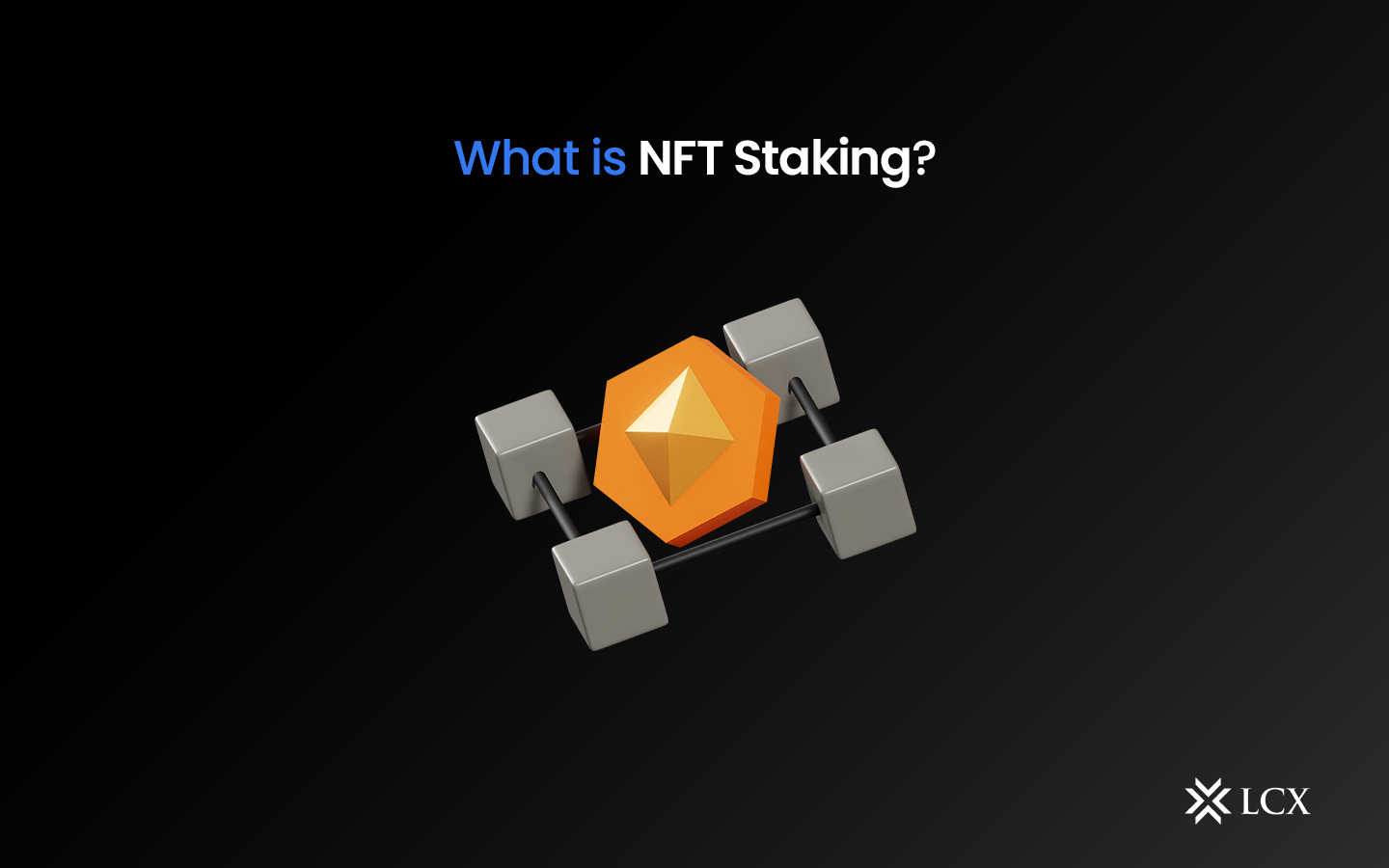The current crypto market is well versed in cryptocurrency staking, a method for earning a return on investments. But crypto investors can also profit by staking their non-fungible tokens. They can generate extra returns on your investment by offering their non-fungible tokens on NFT staking platforms. This shift has increased the attraction toward NFTs.
Increasing numbers of people are searching for opportunities to earn money without having to work. Earlier, those with money could obtain passive revenue through the bank due to the high rate of interest on savings accounts. In some instances, they must even pay to save money! Due to the comparatively high rewards associated with staking cryptocurrencies and NFTs, a modern substitute has been developed.
What is NFT Staking?
Staking your non-fungible tokens is a method for putting their unique tokens to work on the blockchain. NFTs are frequently linked with digital images, but they can be any type of object, including digital art, video files, and game assets. Staking non-fungible tokens involves attaching NFTs to a platform or protocol. In exchange for this action, you will receive rewards for staking. Thus, you can earn additional income while retaining ownership of the NFT.
This method of staking is comparable to decentralized finance (DeFi) yield farming, in which crypto is given away or deployed to liquidity providers in order to earn incentives through earnings or the costs of transactions incurred by others. This method is similar to earning interest through a bank, but there is no intermediary in this circumstance.
How Does NFT Staking Works?
Since NFTs are tokenized assets, staking NFTs is identical to staking cryptocurrencies. Likewise, not every NFT can be staked, just as not every token can be staked. Due to the fact that NFTs have been tokenized as assets, they can be deployed on NFT offering platforms, where they can be secured. Using a smart contract on a suitable blockchain protocol, this is feasible.
Staking NFTs is an innovative idea, but one that has been met with overwhelming enthusiasm by many NFT owners. This is because a non-fungible token’s exclusivity discourages its proprietors from selling it. This is the key difference with cryptocurrencies, which can be bought and sold with relative ease. To stake NFTs, you require a cryptocurrency wallet that is compatible with the NFT in consideration.
Start by confirming that your preferred wallet is compatible with the blockchain where the NFT is stored. Then, you must link your wallet to the staking platform in order to submit your NFTs to the platform. This action is equivalent to staking your currency. The staking component of the platform is where both actions can be carried out.
Credit: Source link



 Bitcoin
Bitcoin  Ethereum
Ethereum  Tether
Tether  XRP
XRP  USDC
USDC  Wrapped SOL
Wrapped SOL  Lido Staked Ether
Lido Staked Ether  TRON
TRON  Dogecoin
Dogecoin  Cardano
Cardano  Figure Heloc
Figure Heloc  WhiteBIT Coin
WhiteBIT Coin  Wrapped stETH
Wrapped stETH  Wrapped Bitcoin
Wrapped Bitcoin  Bitcoin Cash
Bitcoin Cash  USDS
USDS  Chainlink
Chainlink  Wrapped eETH
Wrapped eETH  Binance Bridged USDT (BNB Smart Chain)
Binance Bridged USDT (BNB Smart Chain)  LEO Token
LEO Token  WETH
WETH  Stellar
Stellar  Monero
Monero  Hyperliquid
Hyperliquid  Zcash
Zcash  Ethena USDe
Ethena USDe  Coinbase Wrapped BTC
Coinbase Wrapped BTC  Litecoin
Litecoin  Sui
Sui  Avalanche
Avalanche  Hedera
Hedera  Shiba Inu
Shiba Inu  USDT0
USDT0  sUSDS
sUSDS  Dai
Dai  World Liberty Financial
World Liberty Financial  Toncoin
Toncoin  PayPal USD
PayPal USD  Cronos
Cronos  Mantle
Mantle  Ethena Staked USDe
Ethena Staked USDe  Uniswap
Uniswap  Polkadot
Polkadot  Aave
Aave  Bittensor
Bittensor  USD1
USD1  Canton
Canton  Rain
Rain